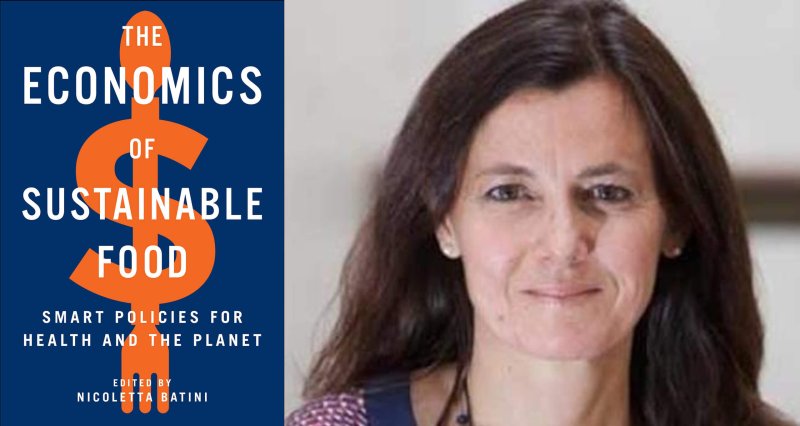Aimed at the army of advocates, activists, and policymakers engaged with food and agricultural politics, [Nicoletta] Batini hopes that The Economics of Sustainable Food can help “design sound public policy strategies” to achieve a sustainable relationship between food, economics, and the climate.
The book’s four main sections—“Greening Food Supply,” “Greening Food Demand,” “Greening Food Waste,” and “Conserving Land and Sea to Support Food Security”—each contains contributions from multiple authors, including developmental economists, agronomists, activists, and nonprofit leaders.
The breadth of voices explains the array of positions staked out in the book. But even within the perspectives of individual authors there can be a sense of confusion and fuzzy thinking.
For example, Batini calls for a wholesale shift from conventional farming (high-yield commercial agriculture that involves inputs such as synthetic fertilizers and pesticides) to organic and regenerative farming, without fully defining what she means by regenerative.
In the same chapter, she advocates for rewilding and reforesting land that has been used for agriculture. These two ideas may in fact be in direct opposition: organic agriculture on average produces lower yields than conventional farming, meaning that organic farmers would require more land to produce the same amount of food.
How can agricultural land be returned to a more wild state if farmers end up needing more land for agricultural production?
































